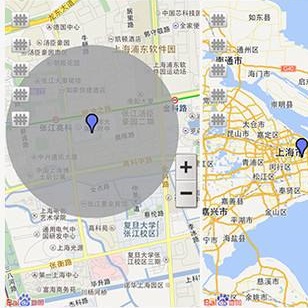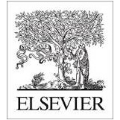Semantic maps represent the environment using a set of semantically meaningful objects. This representation is storage-efficient, less ambiguous, and more informative, thus facilitating large-scale autonomy and the acquisition of actionable information in highly unstructured, GPS-denied environments. In this letter, we propose an integrated system that can perform large-scale autonomous flights and real-time semantic mapping in challenging under-canopy environments. We detect and model tree trunks and ground planes from LiDAR data, which are associated across scans and used to constrain robot poses as well as tree trunk models. The autonomous navigation module utilizes a multi-level planning and mapping framework and computes dynamically feasible trajectories that lead the UAV to build a semantic map of the user-defined region of interest in a computationally and storage efficient manner. A drift-compensation mechanism is designed to minimize the odometry drift using semantic SLAM outputs in real time, while maintaining planner optimality and controller stability. This leads the UAV to execute its mission accurately and safely at scale.
翻译:语义图代表了使用一套具有地震意义的物体的环境。这种表示方式是储存效率高、模糊度低、信息量大,从而便利了大规模自主和在高度无结构、全球定位系统封闭的环境中获取可操作信息。在本信中,我们提议建立一个综合系统,能够在具有挑战性、低扫描环境中进行大规模自主飞行和实时语义图绘制。我们从LIDAR数据中探测并模拟了横跨扫描的树干和地面平面,并用于限制机器人造型和树干模型。自主导航模块利用一个多层次的规划和绘图框架,并动态地计算出可行的轨迹,引导UAVAV在计算和储存高效的情况下绘制一个用户确定的利益区域的语义图。一个漂移补偿机制旨在实时使用精密的 SLAM 输出来尽量减少奥地测量漂流,同时保持规划员的最佳性和控制器稳定性。这导致UAVA在规模上准确和安全地执行任务。




